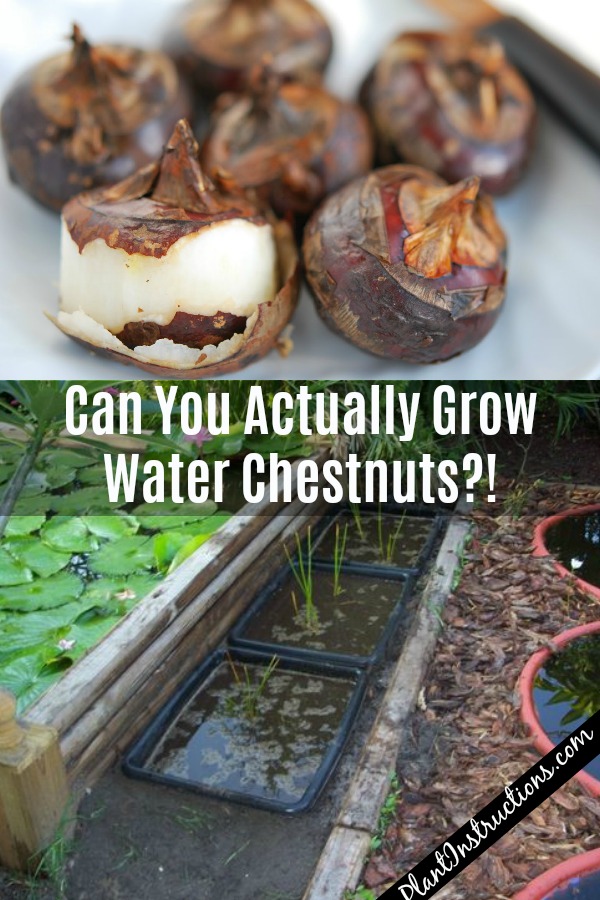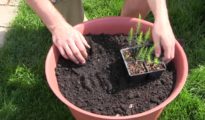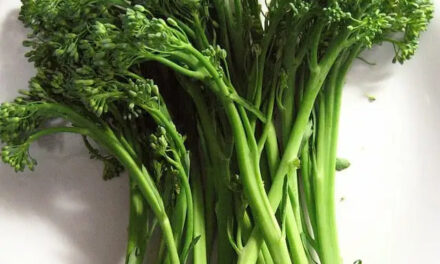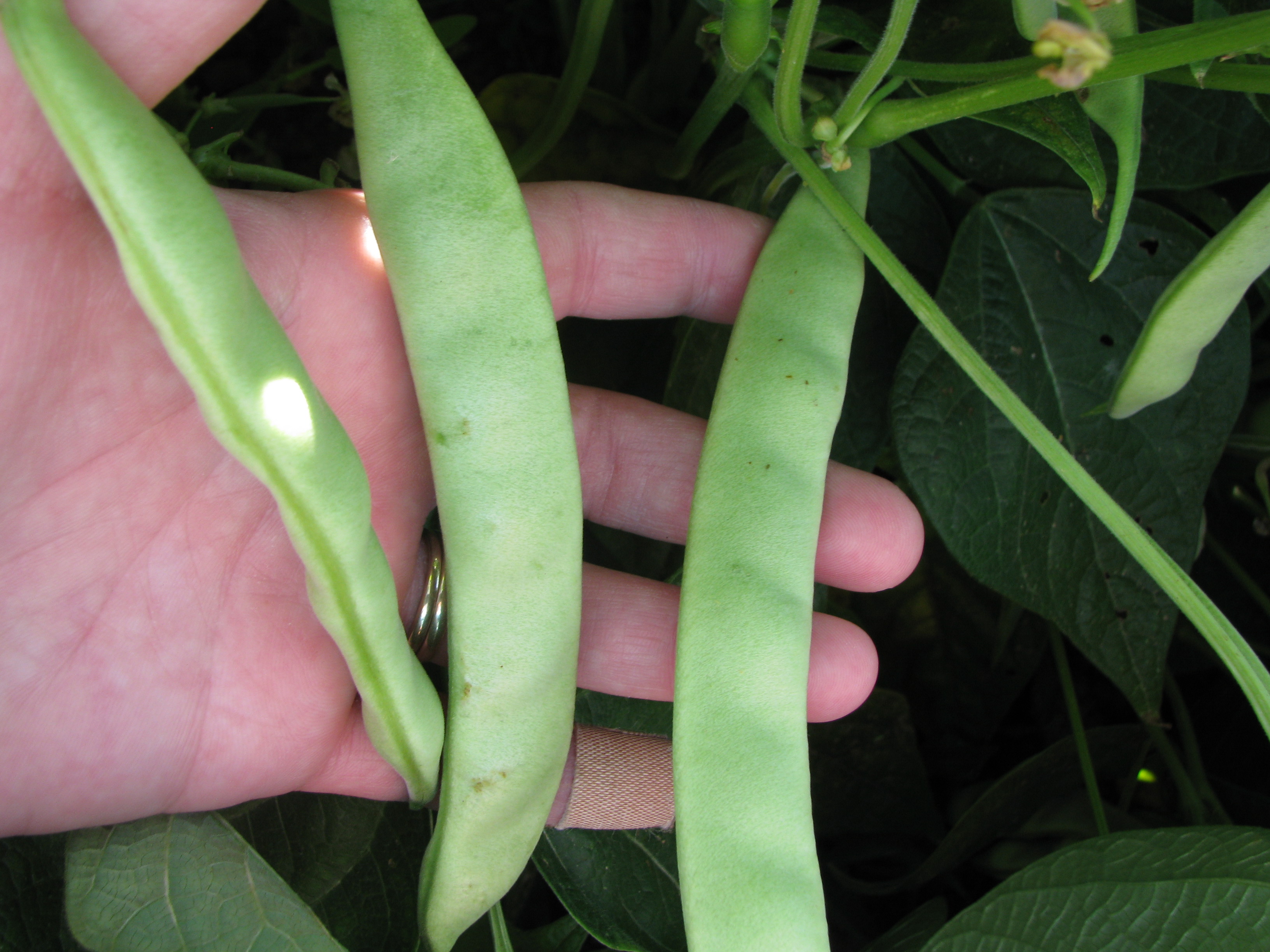There are actually two plants that are referred to as water chestnuts: one is invasive and not fit for consumption, while the other is the actual edible plant that you often find in Asian stir-fryes. Also called Jesuit Nut or Water Caltrops, water chestnuts are big water plants that are usually grown in ponds. Today we'll be looking at the edible variety of water chestnuts and whether or not you can grow them!
So can you grow water chestnuts at home? Keep reading to find out!
Can You Grow Water Chestnuts?
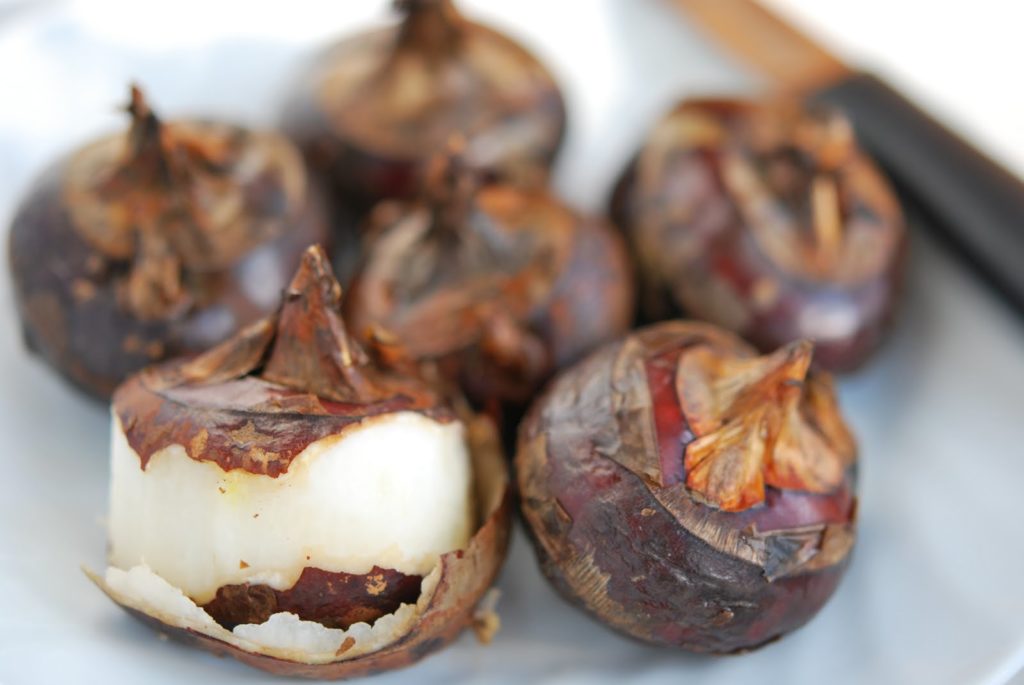
Water chestnuts look like tube-like stems that poke 3-4 feet above the surface of the water. They are then cultivated for their 1-2 inch rhizomes which have a crisp white flesh and are loved for their sweet, nutty flavor.
These vegetables are primarily grown in China, although attempts have been made to grow them in Florida, California, and Hawaii.
Water chestnuts require controlled irrigation and 220 days of frost free days to reach maturity. Corms are planted 4-5 inches deep into soil, 3o inches apart in rows, and then the field is flooded for a day.
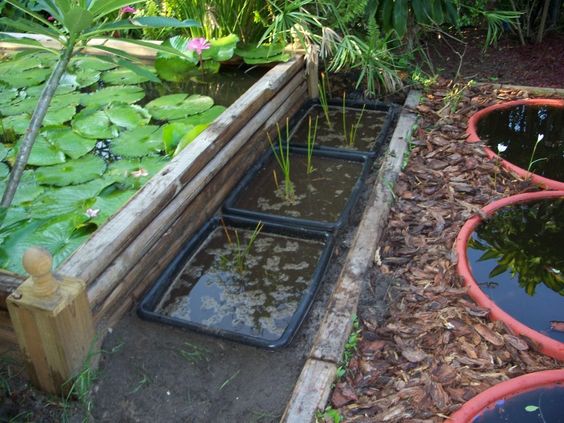
After that, the field is drained and the plants are let to grow to about 12 inches in height. After which, the field is flooded once more and remains flooded for the remainder of the season.
The water chestnuts corms are ready for harvest late in the fall and the field is usually drained 30 days prior to the harvest.
So CAN you grow water chestnuts? Unfortunately, it's unlikely that you would be able to replicate the conditions, but it's worth a try as a weekend project to start a small area, but if not, don't fret – water chestnuts are readily available at your nearest grocery store!
Like this post? Share and Pin 🙂
